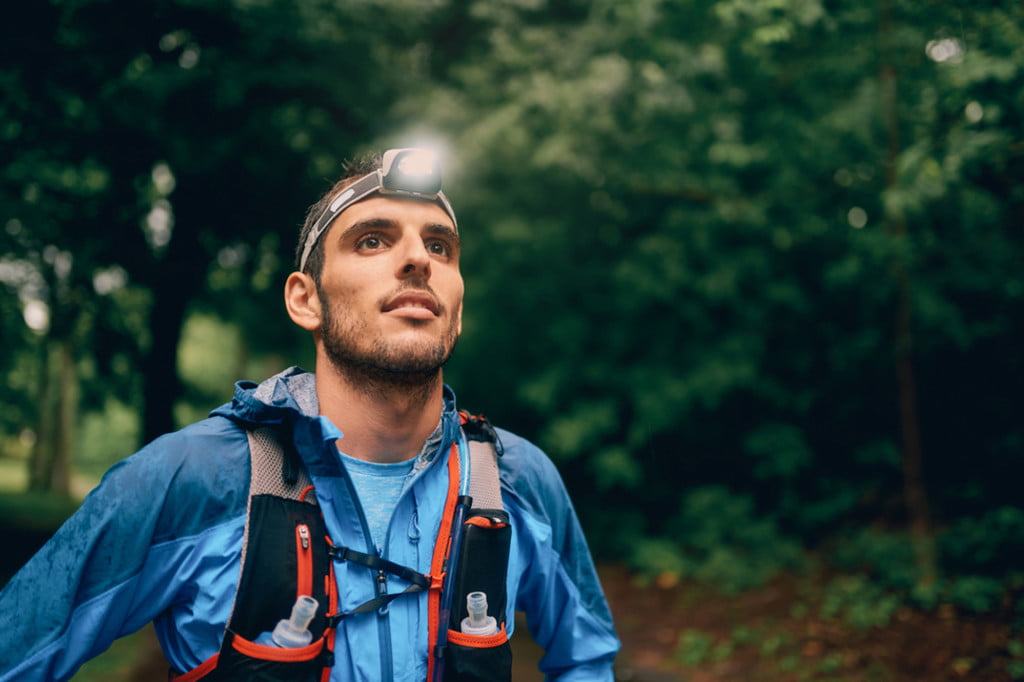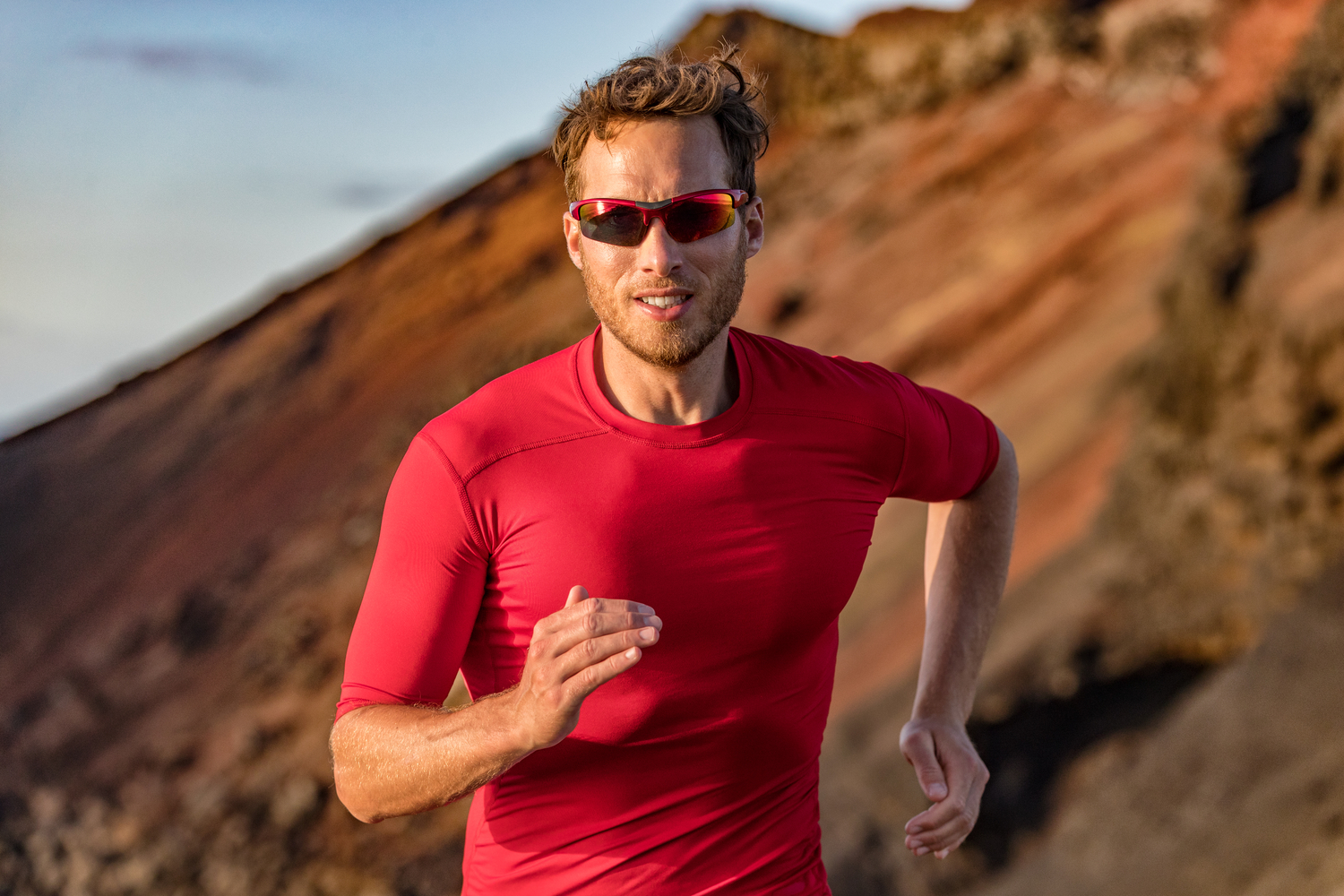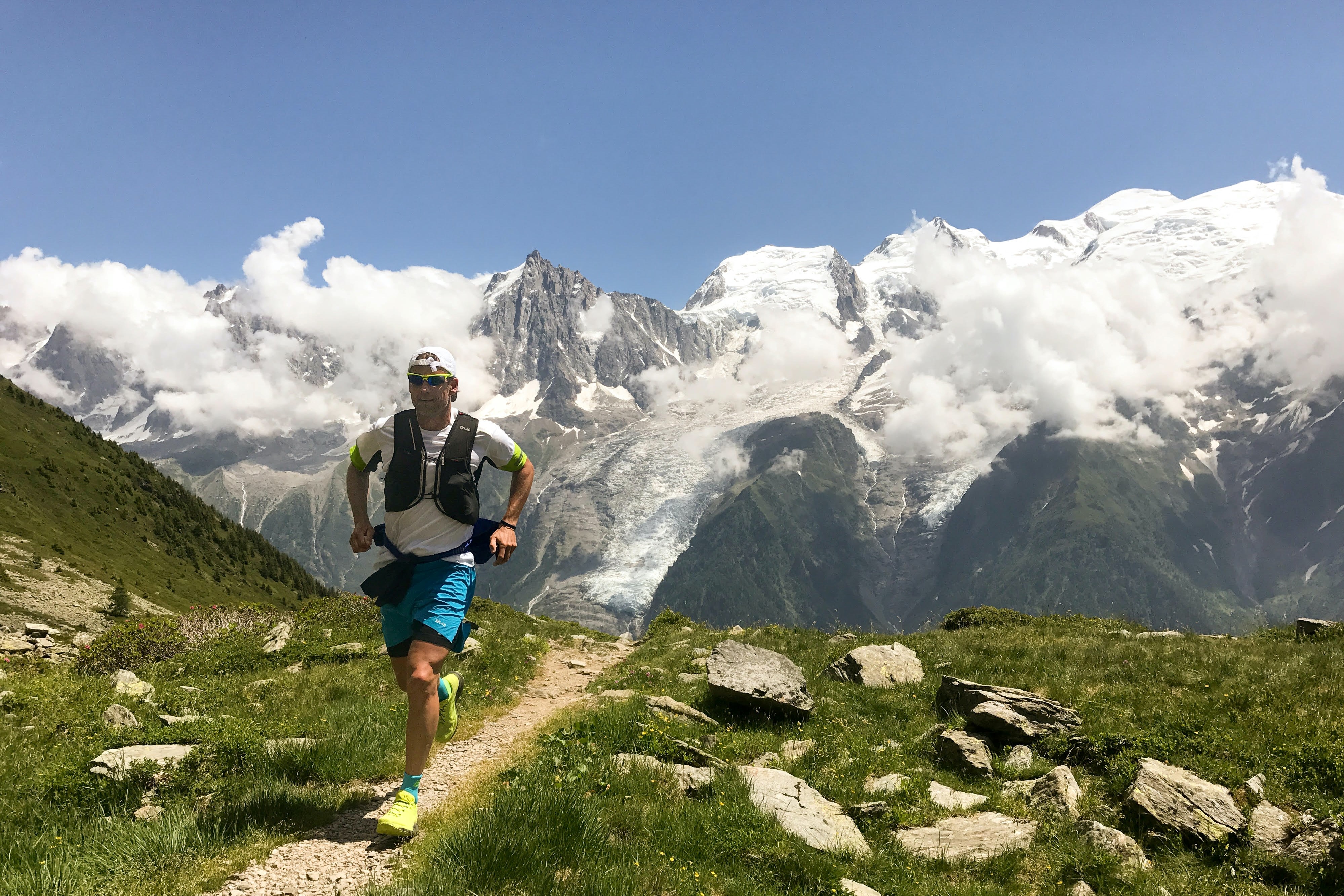Fall can be the perfect time to take your trail running to new levels. The summer heat has passed and left you a window of cool opportunity before winter freezes things up. But fall can also be a difficult time, a season of wind and rain, shorter days, and cold clear nights. Running trails in fall can often take a backseat to hitting the home gym, gearing up for the ski season, or just catching up on your favorite TV shows.
Getting out on the trails year-round takes a lot of mental fortitude, but you can get yourself ahead of the game with our fall trail running tips. After all, when you’ve had such a great summer exploring mountains and off-road trails, why should you return to trudge on the tarmac, or avoid running altogether when fall is arguably the best time to push your distance and find your stride? Quite simply, you shouldn’t.

Warm up
The hardest part of any fall run is often getting started. Whether it’s pouring with rain, still dark out, or just a bit too cold to get hyped for a run, you can beat the blues with a warm-up. Your warm-up can include a few minutes on a stationary bike, some active stretching, or whatever works for you. Once your blood is flowing and your muscles are warm, it’s much easier to head out the door and get moving.
Remember not to go too hard on your warm-up. Not only can it be detrimental to your actual activity, but if you overexert yourself warming up and head out the door soaked in sweat you can cool down quickly on the trail.

Get your clothing nailed
Getting the right clothing is imperative for running in the cold. Wear too little and you risk freezing, but too many layers and you’ll be dripping with sweat from the start. Your fall running clothing is potentially going to vary day-to-day and different runners have their own preferences. Try to think about that mile-2 sweet spot when you dress for your run. How are you going to feel 2-miles in? Will you have overheated in what you’re wearing and need to strip off, or have you taken the old adage ‘be bold, start cold’ to extremes that will come back to bite you?
Any gear you wear for fall trail running must be moisture-wicking — this includes any waterproof or windproof layers. As cooler weather comes around, you want layers that keep you warm, but moisture trapped under those layers will cool quickly, especially if you stop for a break. Multiple thin layers tend to wick moisture better than a single thick layer, as well as giving you more options to add and remove clothing on the go while you hone your layering skills.
Carry a pack
As you get to grips with your layering, you’re going to find yourself wanting to add and remove layers — especially if you’re planning on hitting the trail for hours at a time. Carrying a trail running pack gives you instant access to hydration, but also space to stow important items and spare layers. These packs vary from a couple of liters — large enough for a waterproof jacket and a snack — to mountain-ready day packs for all your layers, snacks, poles, headlamps, and emergency shelters. How much you carry is up to you, but it’s often better to carry more gear and slow down a little than to get caught out — especially if you’re heading into the mountains.

Light up
The nights are growing longer. There’s no escaping it but it seems to happen earlier every year. A quality running headlamp can make or break a fall trail run. These lamps can sit in your pocket when you’re not using them, often light enough that you barely notice they’re there. Carrying a headlamp as fall descends is always a good idea on full day or afternoon runs. Earlier nights often catch you out and if you’re at the end of a long run, the last thing you need is to be navigating yourself home while you can barely make out the trail ahead of you.

Stay hydrated
When the sun is beating down on you and baking the trail under your feet, it acts as a constant reminder to drink water. But in cooler weather — and especially in rain — you can find yourself returning home from your run with your soft flasks as full as they were when you headed out. Hydration is just as important on fall runs as in summer, but you might have to remind yourself to drink little and often on your run.
Load up with either water or electrolyte drinks and find a system that works for you. Whether you drink a little each time your watch beeps for a mile or each time you pass an aspen tree, be sure to stay hydrated. You might get through your run without it, but your recovery and physiological state will be affected by it and can have a knock-on effect on your next run.

Remember your route
Whether you’re in open terrain, being beaten by rain, or your usual forest track is now hard to find under a layer of fallen larch needles, even the most familiar trails can look different in falls. Keep your bearings and consider carrying navigational aids with you — like a map and compass — or downloading a navigation app to your smartphone to check yourself before it gets too late. With shorter days and more varied weather, getting lost on the running trail in the fall can have far worse consequences than in the height of summer.

Don’t get hunted
Throughout the U.S., fall is known for being the hunting season. Check for hunting areas and local information — especially if you’re running somewhere unfamiliar to you — and stick to the trail. Wearing highly visible clothing — notably blaze orange — and making noise will help you stand out as a person and not a target. If you run with a dog, make sure they’re geared up with high-visibility clothing too.




